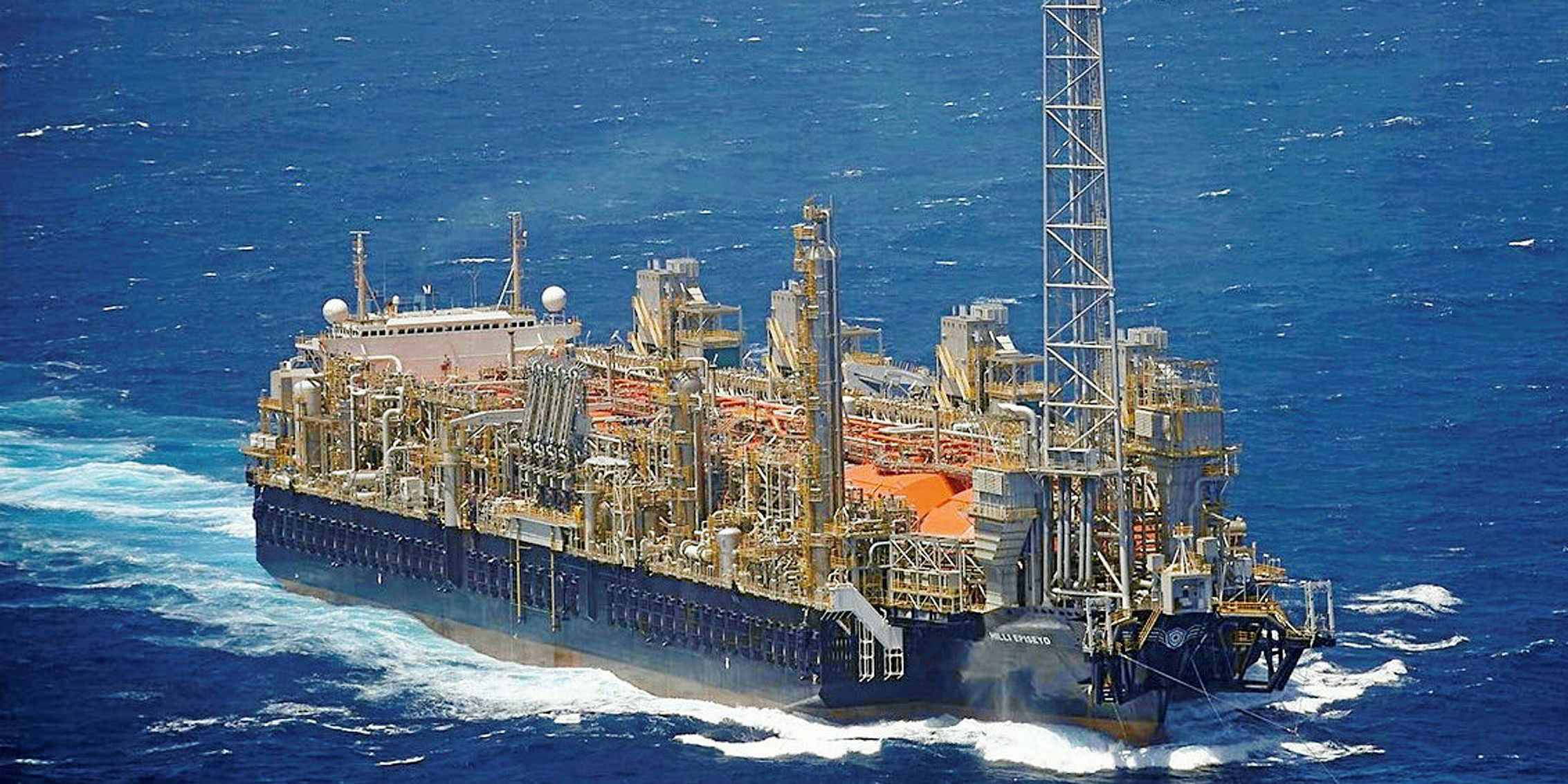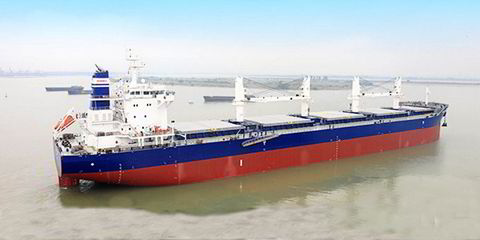Golar LNG is being considered a very safe bet over the long haul, particularly due to its floating LNG (FLNG) production unit Hilli Episeyo.
"For the third straight year, GLNG is our top long idea across our coverage universe," Evercore ISI analyst Jon Chappell wrote in his company's 126-page outlook on numerous industries, including shipping.
He said Golar LNG's "ground-breaking FLNG conversions are on the cusp" of producing gas first, creating tangible proof of the concept that will likely enhance the company's capital structure.
It will also give the company more financial flexibility and lead to final investment decisions on more high-return projects, he wrote.
"An improving LNG shipping market is not the main thesis for GLNG, but it certainly helps when the day-to-day operations are profitable and not a cash drag (as was the case for much of 2015-17)," he said.
Nasdaq-listed Golar LNG took delivery of the Hilli in mid-October from Keppel Shipyard in Singapore.
It reached West Africa's Cameroon in late November for an eight-year charter to Perenco and Societe Nationale des Hydrocarbures (SNH).
Since 23 October, Golar LNG's shares have gained 48% to $29.28.
The vessel, with initial capacity of 1.2 million tonnes per annum (mtpa) through two of its four liquefaction trains, is contractually due to be operational within this year's first quarter.
The vessel is able to produce 2.4 mtpa when all four liquefaction trains are running.
Hilli is expected to be dropped down to Golar LNG Partners in the next quarter, wherein the MLP will have a 50% stake in two liquefaction trains contracted to SNH.
The sale price is $658m, minus net lease obligations expected to total $468m to $480m for a net purchase price of $178m to $190m.
Golar is also in partnership with Ophir Energy on the Fortuna FLNG project.




